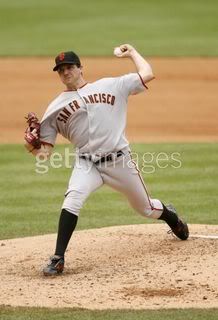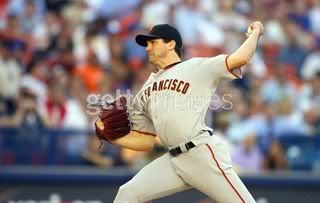quote:
Originally posted by Texan:
That would mean it isn't a true 12 to 6, low, but rather it has some tilt.
Texan: This is the way I teach my son to throw this curveball.
First, grip the ball using curveball grip. Then, throw it like a overhead fastball, but at the release point, turn your wrist from 1 to 7 angle, (Note, this wrist action is against most
book suggested, This is my invention), after the release, your hand is in thumb up, fingers down position, let the ball spin forward and at the end break down and tilt little bit outside.
To the physics point, my understand is, when you start with a fastball motion,the most part of the ball will act like a fastball, but when you combined with the curveball grip and
late wrist turn, it will has the curveball action and late break when the forward spin and gravity take it down. The batters are fooled
almost everytime because they think it is a fastball come at them. This pitch is easy for my son to handle, because he throw his fastball
at overhead position, straight up & down all the time, It's impossiable for others to learn,if you throw from 3 quater slot or side arm. Is there any risk for elbow problems? Yes, I think if you didn't throw it right you could hyperextend your elbow. So you must make sure everytime you keep your elbow bend inside after the release. This is my personal pitching research result, it was performed perfectly by my son. Everyone saw this curve was impressed by its late break. We call it 12 to 6 curve, is because there's no numbers in the middle of the clock, his arm angle is not as high as 12 clock. We should call it middle to 6 curve to be exactly. Just food for thought.






